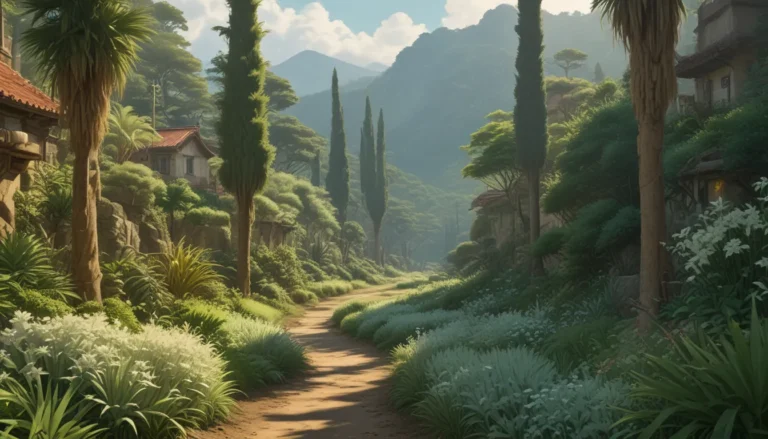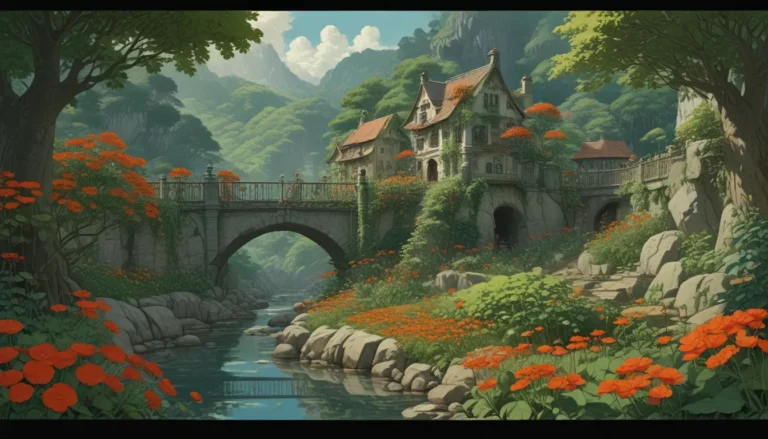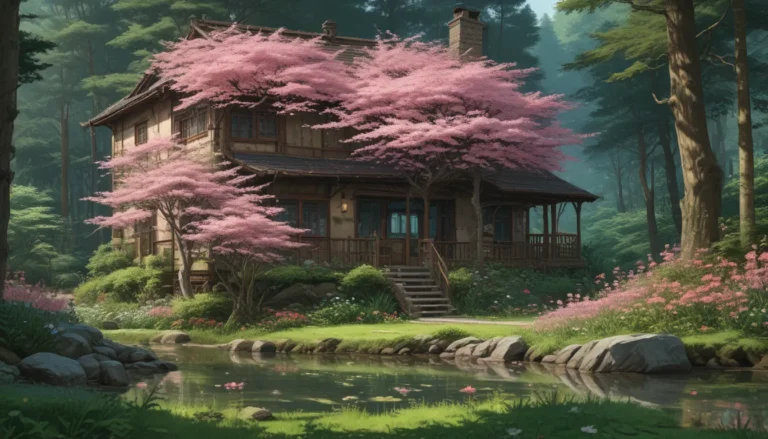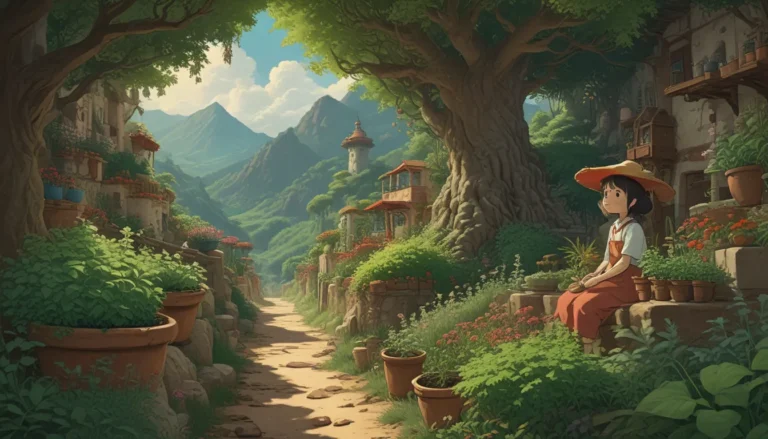Understanding the Effects of Juglone in Pecan Leaves on Surrounding Plants
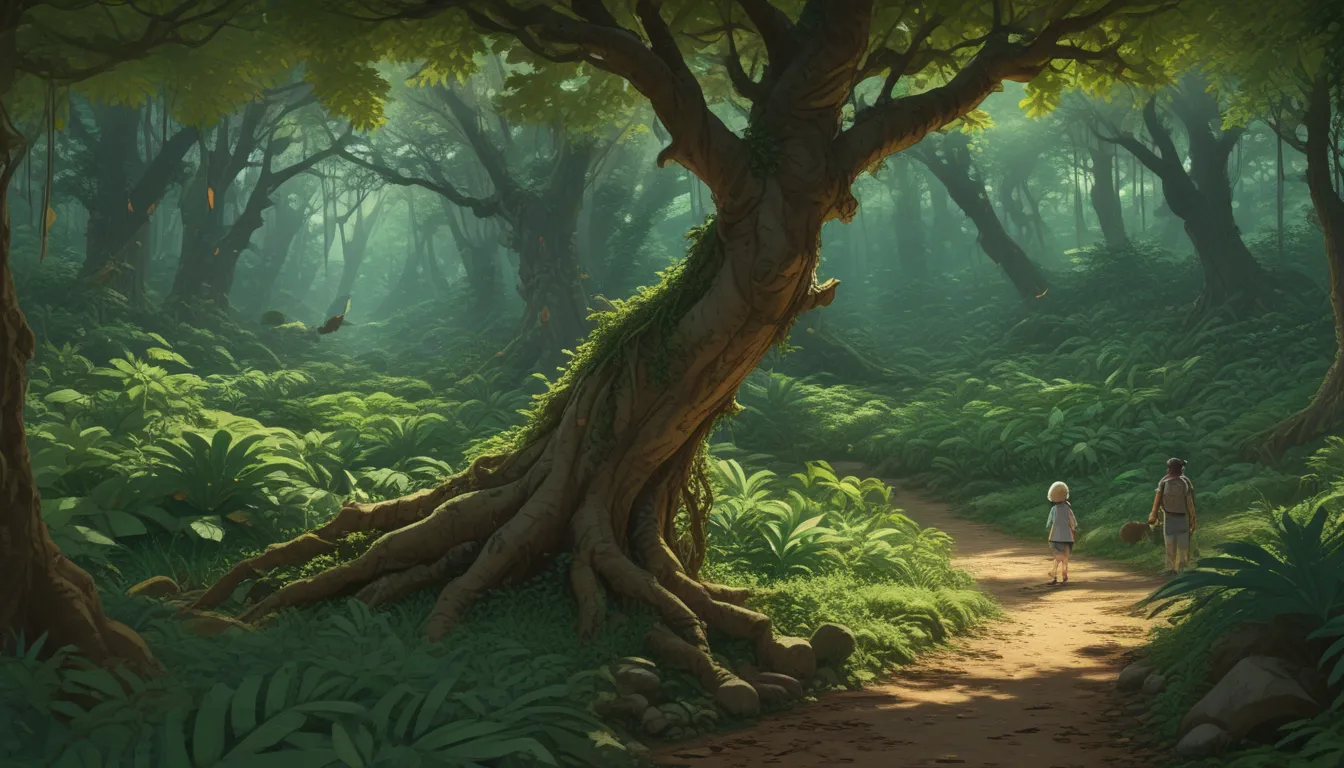
If you’ve ever tried planting under walnut trees and noticed that your plants didn’t fare well, you’re not alone. This phenomenon has been documented for centuries and is due to the presence of juglone in walnut trees.
But what about pecan trees? Do they have the same impact on surrounding plants?
Even though pecans belong to the same family as walnuts, it doesn’t necessarily mean they have the same chemical properties. However, pecan trees can indeed inhibit the growth of other plants nearby, making it crucial to be mindful of what you plant around them.
What You’ll Discover
In this comprehensive guide, we will explore various aspects related to the effects of juglone in pecan leaves on surrounding plants, including:
- Why plants perish when grown under pecan trees
- The science behind these plants producing a toxin
- How pecan trees avoid succumbing to their own toxin
- Impact on your garden and what to avoid planting near pecan or walnut trees
- Suitable plant options to thrive under a pecan tree
Understanding Juglone and Its Effects
Plants wither under pecan trees due to the toxic chemical compound juglone. This compound, technically known as 5-hydroxy-1,4-napthoquinone, acts similarly to cyanide and is harmful to animals, plants, and microbes.
The process of plants producing chemicals that inhibit the growth of other plants is termed allelopathy. Essentially, by producing juglone, pecans and walnuts reduce competition from neighboring plants.
However, it’s essential to note that the leaves, nuts, and roots of these trees do not contain high enough concentrations of juglone to harm humans.
How Pecan Trees Survive Juglone Exposure
Interestingly, pecans are not immune to juglone’s toxicity. However, these trees can modify the compound within their cells to a less harmful form known as hydrojuglone.
This modification renders the chemical safer for the plants containing it. To distinguish between juglone and hydrojuglone, one simply needs to observe the color of the nut husk.
Hydrojuglone appears clear, while juglone is characterized by a dark reddish-brown hue. Additionally, the presence of hydrojuglone glucoside further stabilizes the chemical, making it safer for the plant while also serving as a juglone reservoir if needed.
Impact on Your Garden
Research on the effects of juglone on plants growing under pecans has yielded mixed results. While some claim that pecans contain lower concentrations of juglone compared to walnuts, other studies suggest the opposite.
Particular pecan cultivars may exhibit varying levels of juglone, affecting nearby plants differently. For instance, pecan cultivar ‘Cape Fear’ has low concentrations of juglone and hydrojuglone, making it less harmful to surrounding plants.
However, plants like tomatoes, apples, and azaleas are sensitive to juglone and may suffer symptoms like wilting, yellowing leaves, and stunted growth near pecan trees.
Planting Considerations Near Pecan Trees
Avoid planting sensitive species under pecan or walnut trees, as the roots contain juglone, leading to plant poisoning. Even after tree removal, roots may release toxins as they decay, necessitating some waiting time before replanting sensitive species in that area.
While some older studies suggest that pecan roots contain fewer toxins than walnut roots, caution is advised when choosing plant species to grow nearby.
Suitable Plant Options Under Pecan Trees
Though most advice regarding juglone-resistant plants stems from studies on walnuts, the information can be extrapolated for pecans as well.
Do consider the following plant options that have demonstrated resistance to juglone:
- Grasses
- Maples
- Buckeyes
- Birches
- Hickories
- Elms
- Oaks
- Dogwood
- Rose of Sharon
- Hydrangea
- Sumac
- Currants
- Raspberries
- Blackberries
- Elderberries
- Viburnums
Nature’s intricate defense mechanisms may seem complex, but understanding them can help you plan a thriving garden. By knowing which plants produce chemicals like juglone, you can make informed decisions when designing your garden layout.
Have you experienced success or challenges when planting near pecan trees? Share your insights in the comments below!
For more information on cultivating pecan trees, be sure to check out these upcoming guides:
- How to Identify and Treat Pecan Twig Dieback Disease
- How to Identify and Treat Pecan Stem End Blight


